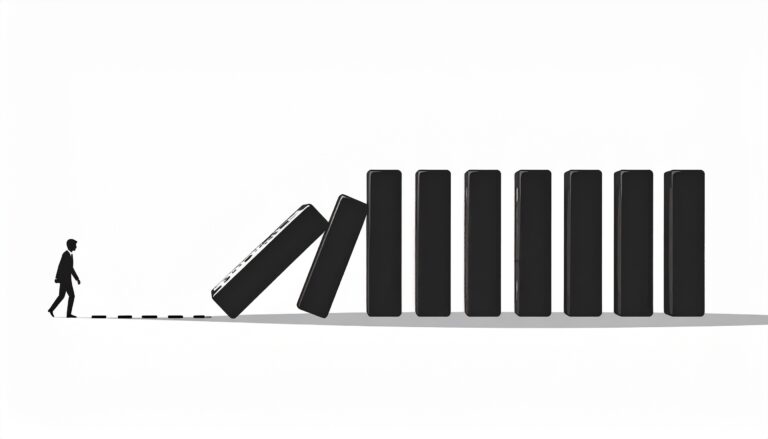Morocco’s Industrial Production Shows Growth in May 2025
The Breakdown
Morocco’s industrial sector demonstrated resilient performance in May 2025, signaling renewed momentum across most manufacturing segments. The sector operated at 78% capacity while both production and sales increased broadly, except within textiles and leather where contraction persisted. Notably, manufacturing output rose not only to satisfy domestic demand but also to fuel growing exports, indicating broad market confidence despite sector-specific challenges.
Analyst View
The positive momentum in Morocco’s industrial landscape is underpinned by strong output and broad-based sales growth. This reflects a robust appetite for manufactured goods, extending beyond local consumption into international market gains. While mechanical engineering and food processing posted increased new orders and robust order backlogs, chemical and petrochemical sectors saw their demand plateau, and backlogs eroded for both chemicals and textiles. These disparities reveal a market transition, with traditional sectors losing ground to more agile, innovation-driven segments.
For specialty chemicals and polymers leaders, continued stagnation and declining backlogs in chemicals and textiles provide an early signal that overall market growth is not uniform—and will demand sharper focus in portfolio management, capacity allocation, and investment timing. The ability to differentiate offerings and respond to evolving downstream needs is becoming increasingly important as traditional competitive advantages wane. Meanwhile, the uncertain confidence expressed by one out of five manufacturers underscores persistent operational and market risks, even as the macro trend appears constructive.
Navigating the Signals
Business leaders should be vigilant to the gap between sector growth and persistent drag within certain value chains. The signals from mechanical engineering and food processing highlight opportunities for technology suppliers and material innovators who can help enhance operational resilience and efficiency. On the other hand, the stagnation in chemicals and textiles is a prompt to challenge internal assumptions on market size, channel demand, and the durability of existing product lines.
Executive attention should be directed toward strategic questions, such as: Where are our growth assumptions most vulnerable to channel disruption or regulatory headwinds? How agile is our organization in redirecting investment if current order patterns persist? Are we equipped to capture value from pockets of market growth? These are the real questions that will determine future success amid uneven sector recovery.
What’s Next?
Breakthrough Marketing Technology partners with specialty chemicals and polymers manufacturers to deliver clarity and foresight in turbulent markets. Our approach identifies not just growth hotspots but also flags at-risk business units and value delivery bottlenecks before they impact the bottom line.
- Custom market scans that prioritize segments for investment or exit based on actionable demand and sales data
- Discovery sessions to test new value propositions for both emerging and challenged market segments
- Channel and stakeholder mapping to reveal emerging routes to market and latent customer needs
- Early warning frameworks to anticipate regulatory or value chain changes
As sector volatility persists, forward-looking leaders leverage data-driven insight to focus resources where they matter most, mitigate downside, and build competitive advantage even in uneven environments.
Source
Understand Your Risk. Seize Your Opportunity.
Take the Breakthrough Market Uncertainty Assessment Guide to pinpoint what’s holding your growth back, and what can accelerate it.


